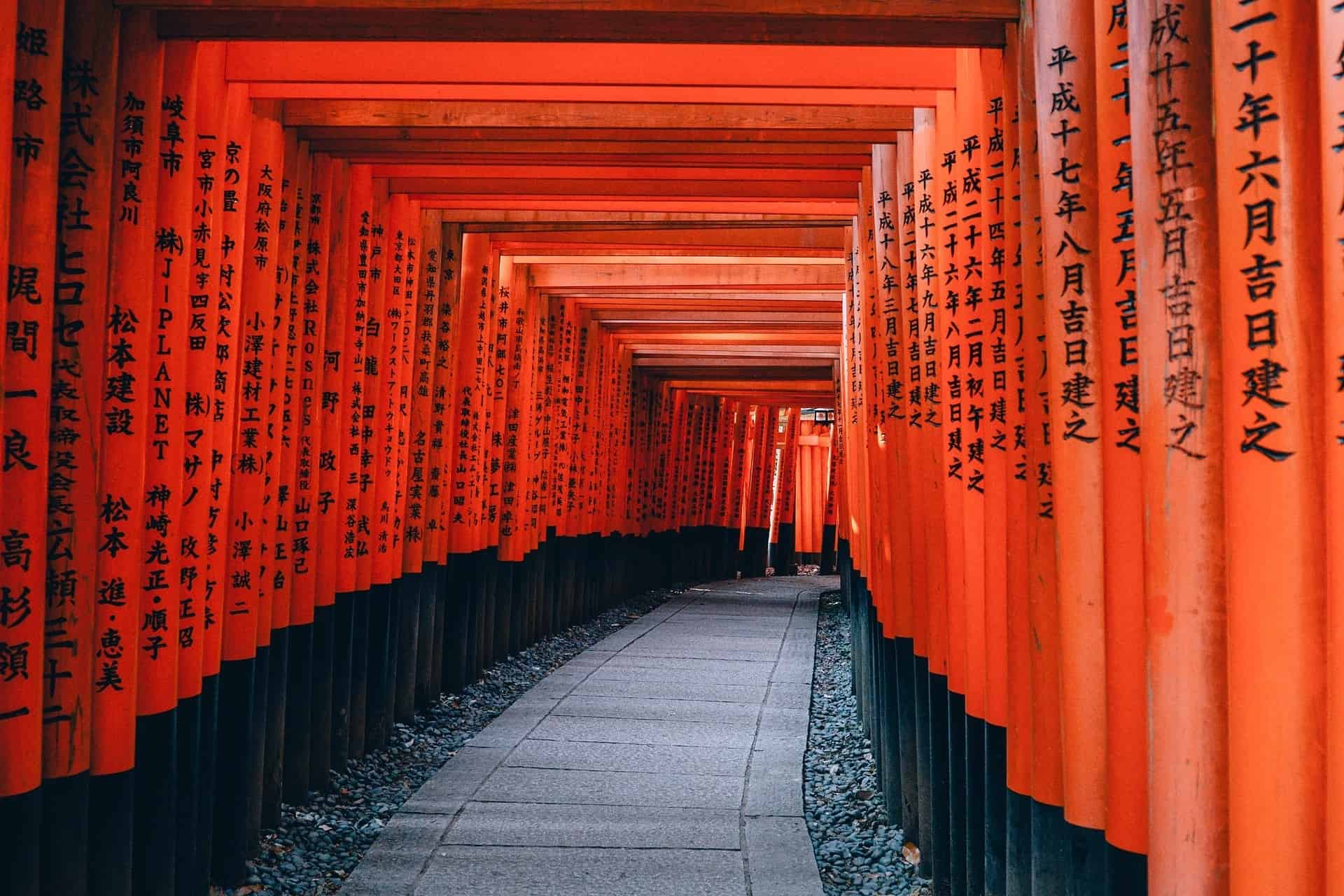Like a chilled glass of shochu on the rocks, we’ve distilled down the highlights of Japan. If you’re wondering what Japan is famous for then welcome to one of the most fascinating – and friendly – places on earth.
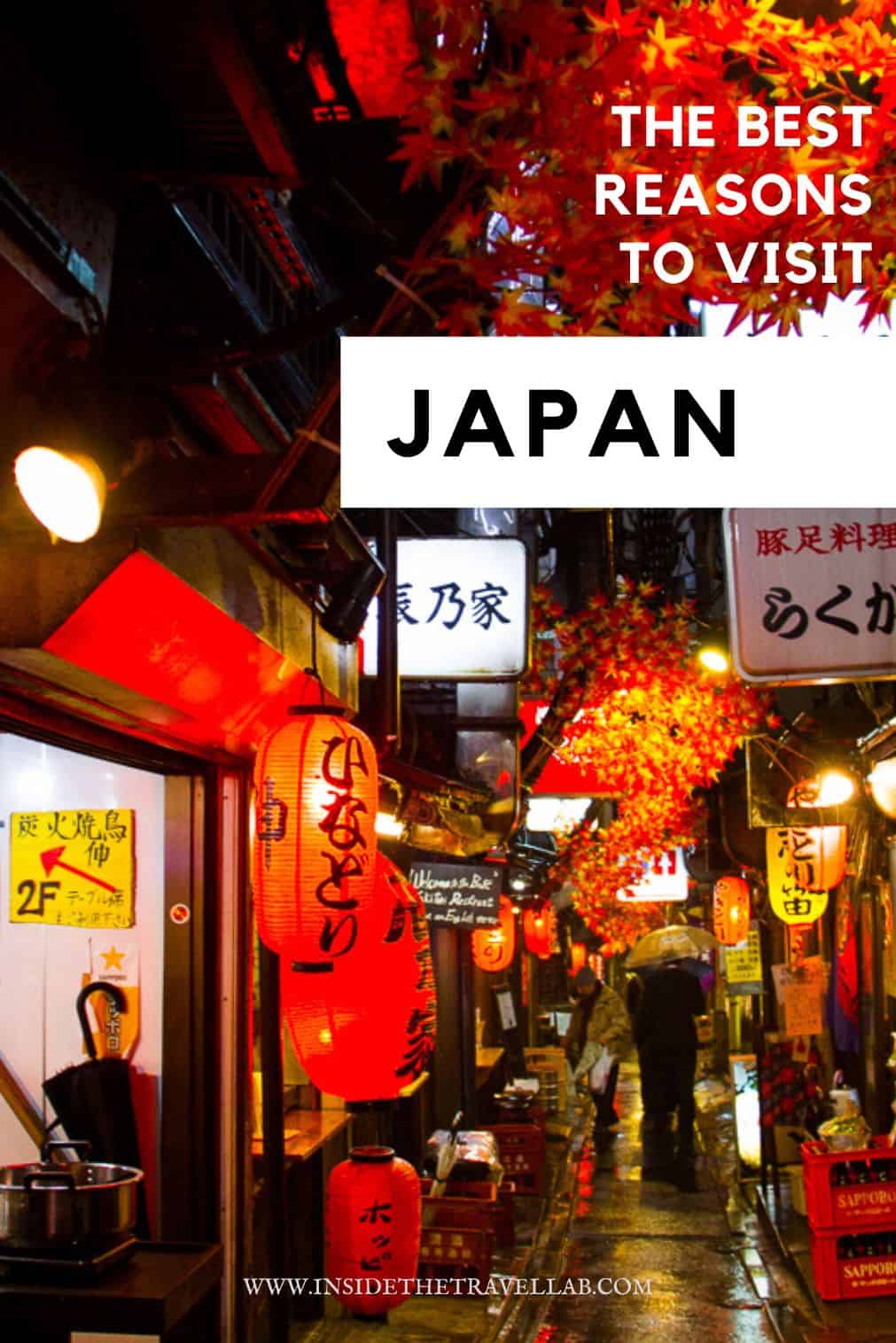
What is Japan famous for?
I love Japan and I love to talk about what Japan is famous for. The snowy peak of Mt Fuji. The flashing lights of Shinjuku. Quiet temples, secluded gardens, tea ceremonies, geisha and blaring pachinko arcade games and anime. Japan’s highlights include her traditions and customs as much as her places to visit and things to do.
Your Japan bucket list should involve the best cultural things to experience as well as essential places to see.
It can be fun to join a tour but Japan is an easier place to travel around than many realise. It’s entirely possible to travel between each of the places mentioned here on your own and with little fuss.
Alternatively, first time visitors could follow the hybrid option. Book your own flights, accommodation and Japan Rail Pass and join private tours or walking tours to add traditional Japanese experiences to your itinerary.
Find out how with this guide for first time visitors to Japan.
In the meantime, let’s talk about the highlights of Japan.
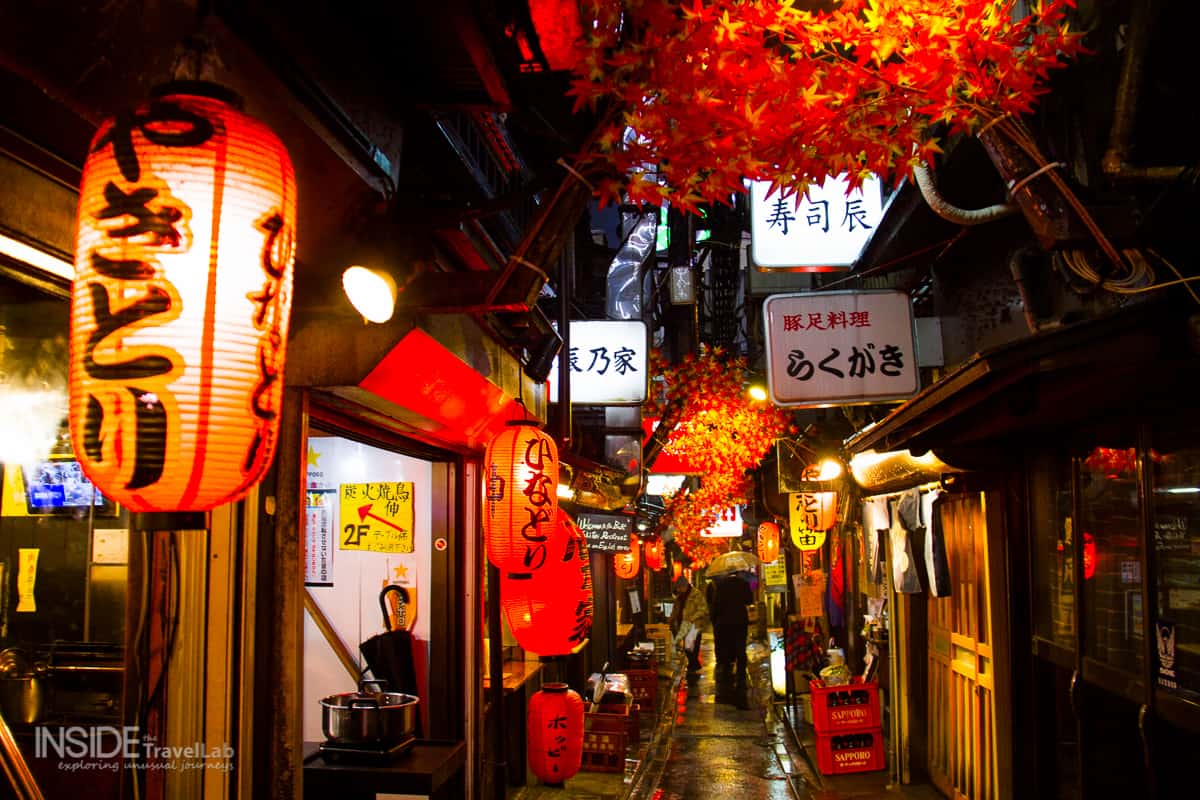
Tokyo
More than just a government capital, Tokyo is one of the greatest cities in the world. At first glance, she simply storms around in chrome and glass but in her secluded corners, you can learn about the Japan of the past and understand a little more about the present. From the Imperial Palace to the Meiji Shrine to the Shibuya crossing, the city keeps you busy, with Nara and Hakone providing great day trips from Tokyo.
Zoom up the Tokyo Skytree for spectacular views. Sunset is the best time to visit, as you can watch the city lights glitter across beneath your feet.
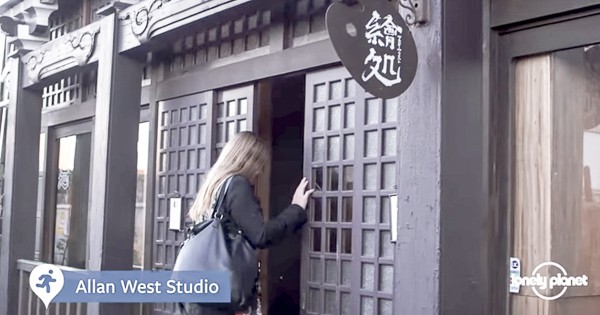
Although Tokyo is most famous for neon lights and modernity, you can still find traditional arts in low rise wooden buildings if you know where to look.
I loved the place we discovered while filming for the BBC – back soon with an article about that!
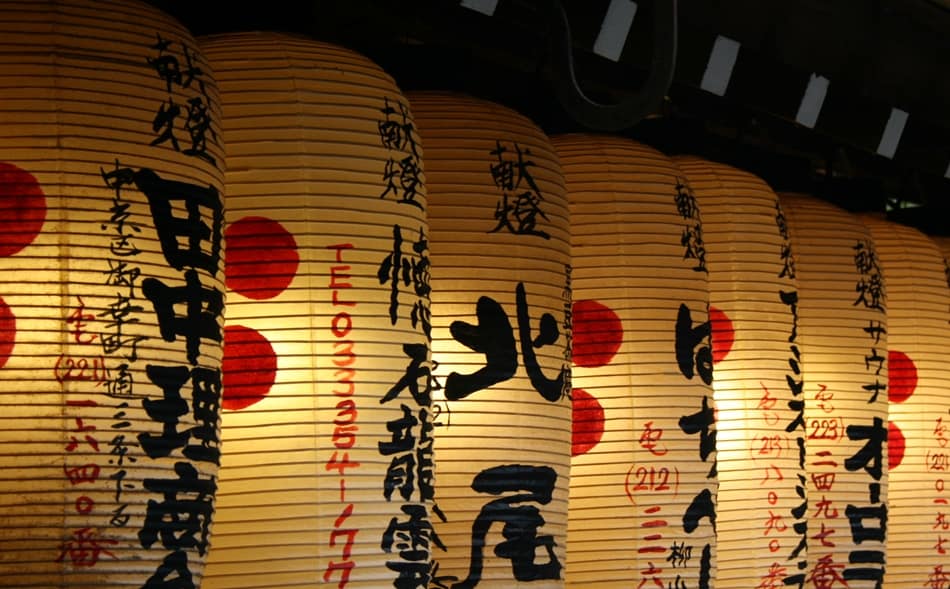
Kyoto
As Japan’s former capital, Kyoto has more temples than you’ll eat grains of rice. This is the city where geisha still roam and cherry blossom falls softly over sloping rooftops that lead to the past.
Kyoto itself is a curious mix of the old and the new. Skyscrapers hustle at you the moment you leave the station, whereas the taxis have heart shaped lights.
But it’s the old part of Kyoto where you’re most likely to see that elusive Japanese legend, the geisha. Ripe with glowing lanterns and bamboo-walled bars that ooze with atmosphere, Kyoto’s Old Town deserves pride of place on your itinerary, especially the Fushimi Inari Shrine and the Golden Pavilion.
All told, seventeen different areas comprise the UNESCO World Heritage Site that is the Historic Monuments of Ancient Kyoto. You’ll need at least one full day in Kyoto, and it’s even better with two days.
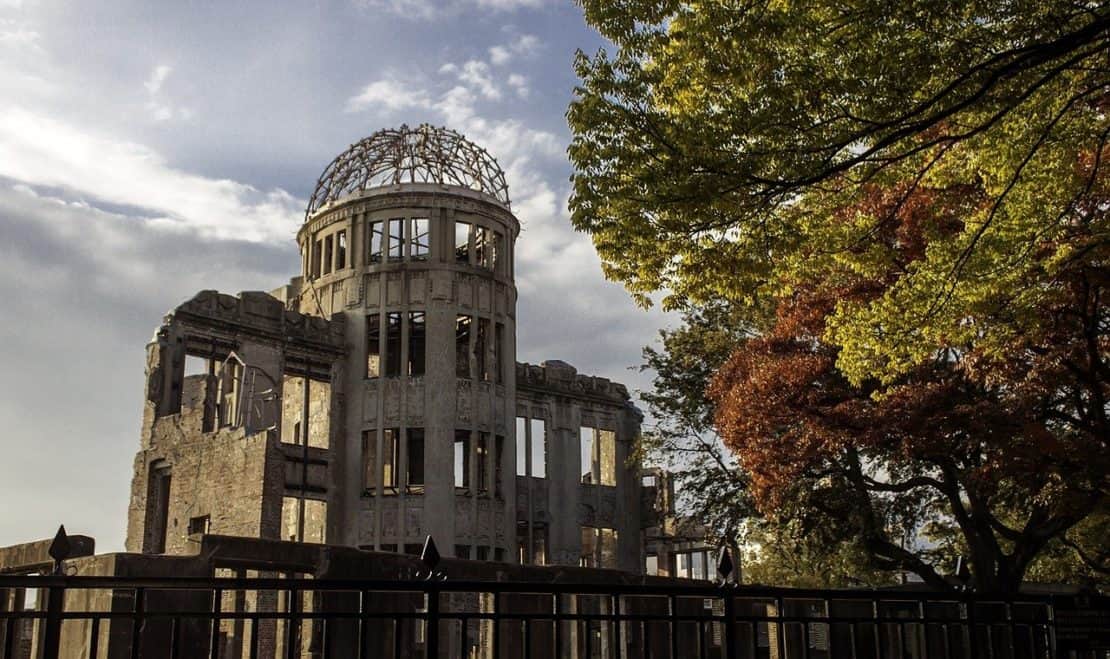
Hiroshima Peace Memorial and MiyaJima Island
The world may associate Hiroshima with hell on earth, hot metal and twisted lives and limbs but Hiroshima today is a sunny, vibrant city. One with a memory, of course, but also a vast memorial dedicated to peace, the Hiroshima Peace Memorial Museum and UNESCO World Heritage Site.
For me, though, there was something incredibly refreshing and healing about visiting this city.
Hop across to Itsukushima island (also known as Miyajima Island) for great views across the harbour, best seen through the Itsukushima Shrine.
Mount Fuji
If you have the stamina, you can climb Mount Fuji yourself without any mountain climbing skills. Up and back within a single, if exhausting, day from Tokyo. Otherwise, visit the national park and enjoy views from afar. The peak season to visit is when the cherry blossom is in bloom but there’s never a bad time to visit one of the most famous symbols of Japan.
Osaka
Osaka is the second largest area after Tokyo, with many travellers feeling it’s an essential highlight and crucial part of an itinerary, especially Osaka castle. Personally, I’d suggest venturing further afield to see different sides of Japan. Perhaps Nagasaki, Okinawa and her beaches in the south or heading into the north.
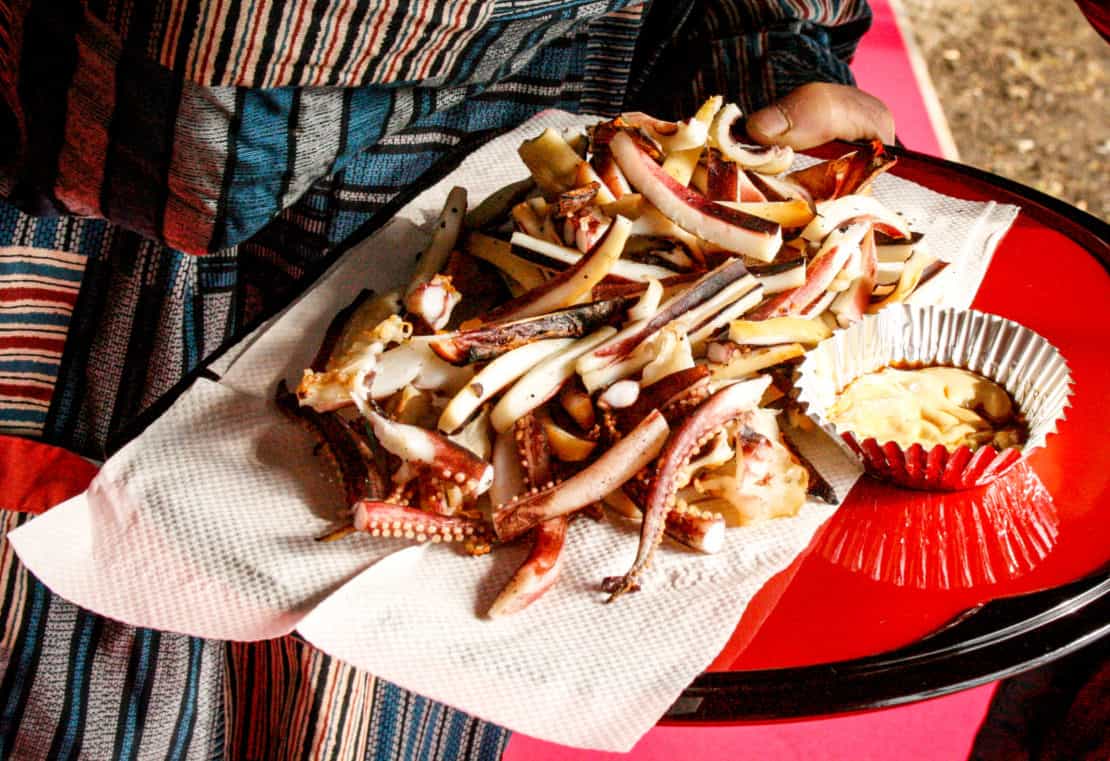
Japanese Cuisine
What is Japan famous for? Its food! And if you haven’t enjoyed it in Europe and America, then try again in Japan. It is, unsurprisingly, one of the best places to taste it. Recent years have seen an explosion of American burgers and other international dishes. But most of the time, it’s easy to find traditional Japanese food.
In particular, let’s look at these Japanese highlights:
Sushi
Of course, Japan also provides the finest sushi the world has to offer. Try the down-to-earth cafes opposite the Tsukiji Wholesale Fish Market (they’re still in operation, even though the main market has now moved.) Don’t forget to dip in soy sauce, add sliced ginger and carefully combine with some of the freshest wasabi in the world.
Long Life Expectancy Food
The food in Okinawa claims to be the secret to a long and healthy life. The island inhabitants have the longest life expectancy in the world, so perhaps they’re on to something?
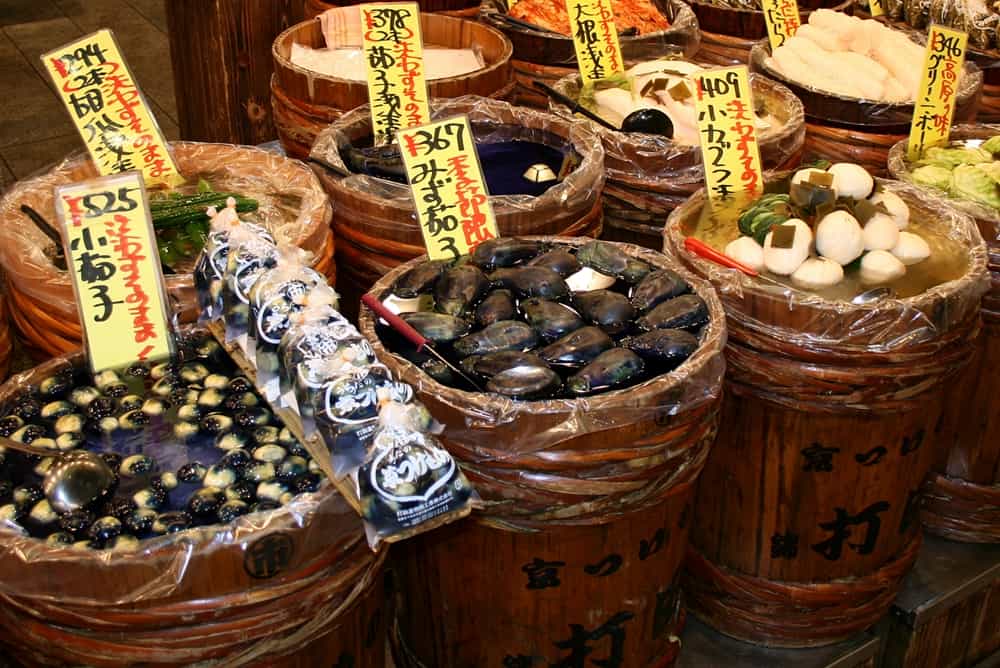
Japanese Food Markets
White blobs, eyeballs and wriggling squelch that may or may not be seaweed…Kyoto’s markets will refresh even the most travel-hardened eyes.
Look out for Bento Boxes of parcel-perfect morsels and home-made pickles sold at train stations across the country. And slurp up tasty, sloppy noodles almost everywhere.
Traditional Tea Ceremonies
One of the most famous aspects of Japanese society involves tea. Traditional tea ceremonies are a work of art and if you can find the way to fit one into your itinerary, I’d highly recommend it.
The Japanese tea ceremony, known as “chanoyu” or “sado,” is a slow and serious cultural practice that embodies harmony, respect, purity, and tranquility.
Originating in the 9th century, this ritualistic art form evolved from Chinese tea traditions and Zen Buddhism, becoming a cornerstone of Japanese aesthetics and hospitality.
Central to the ceremony is the preparation and serving of matcha, a finely ground powdered green tea. Conducted in a meticulously designed tea room, typically a tranquil space adorned with tatami mats, sliding doors, and seasonal decorations, the ceremony follows a precise sequence of gestures and rituals performed by the host with graceful precision.
Guests participate in silent appreciation of the tea, the utensils, and the surroundings, fostering a sense of mindfulness and connection with the present moment.
It’s not something to rush through, though. You need to take your time and as a result, it’s reserved for special occasions.
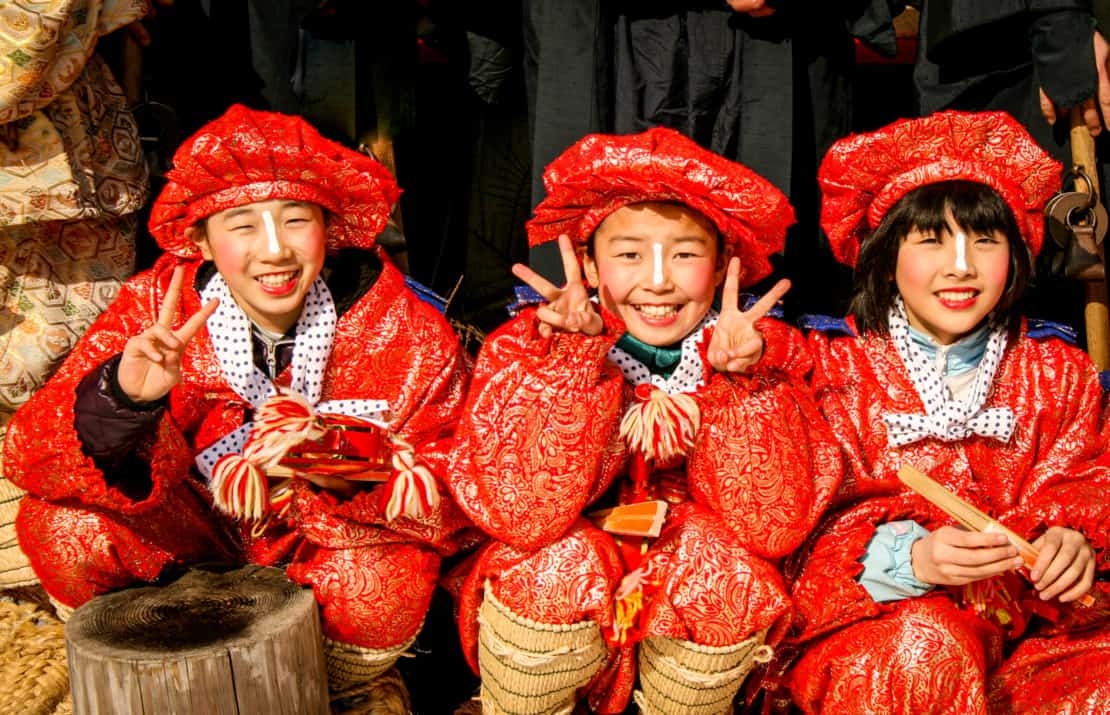
Japanese Culture
Onsen Culture and Hot Springs
In Japan, daily bathing involves dipping into steaming, scalding, almost boiling water at an onsen as part of a cleansing ritual. From natural outdoor springs to ramshackle hotels with plastic buckets, everyone strips off, scrubs down and soaks.
A word of warning, though, for gaijin travellers: by strip off, they mean naked. Completely. Naked. In. Public.
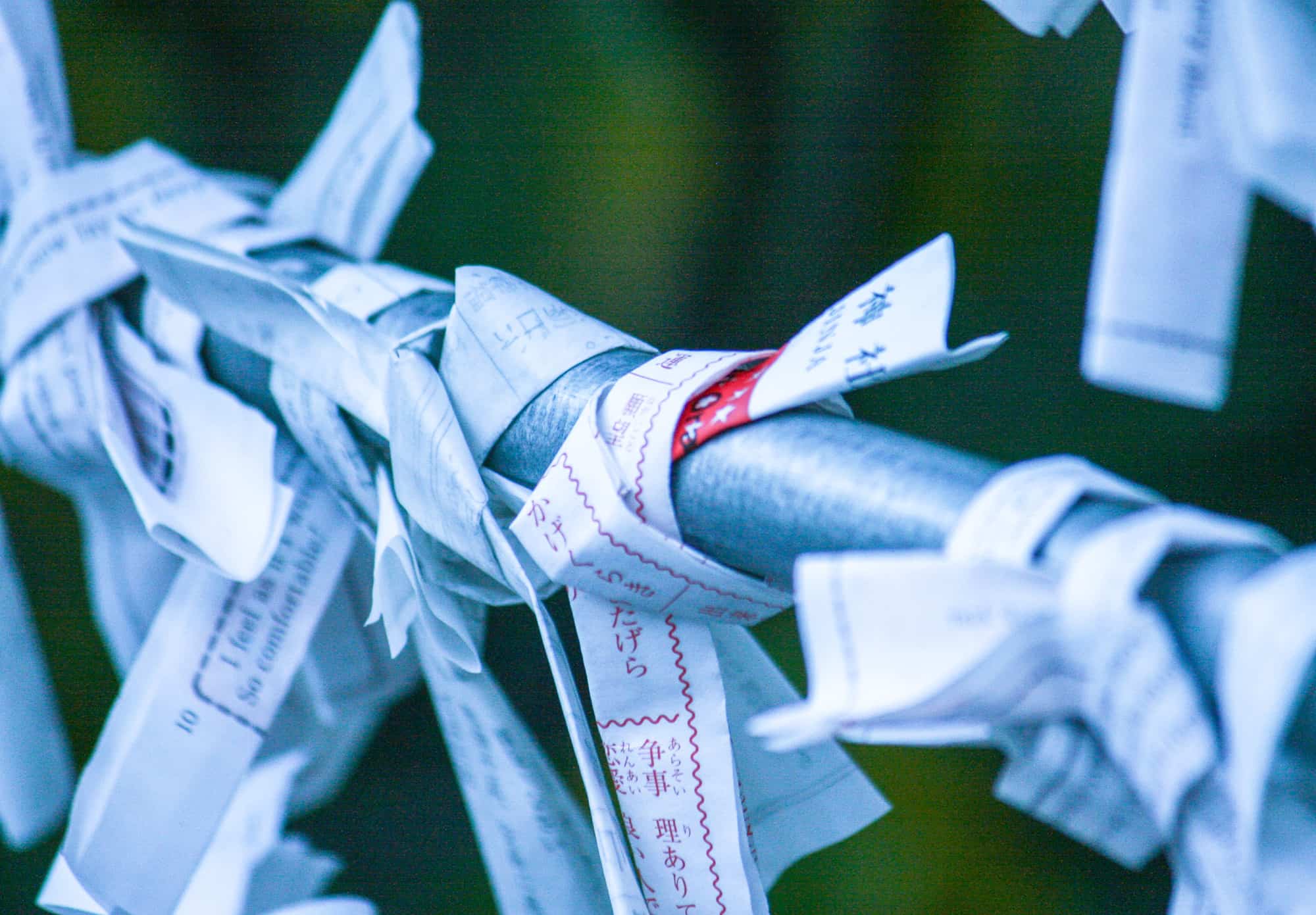
Folded Paper Prayers
Japan overflows with temples where fine carvings and clouds of incense surround fortune tellers and fortune sellers. Look out for the origami-like prayers tied to wire fences – the folded paper prayers. The best way to find these is to head to a temple and hang back respectfully. You’ll soon see people folding and tying them in the breeze.
The Shinkansen Bullet Train
These sleek, fast, reliable express trains whisk you across the country in one easy and efficient swoop. Riding on a shinkansen train is one of the best things to do in Japan, for people watching, bento box snacking and incredibly swift transport.
Skiing and Hiking in Japan
In a land of volcanoes, it seems obvious to turn mountain slopes into ski slopes.
By the summer, the blossom provides lush green hiking grounds. So, no matter what time of year you visit, one of the best things to do in Japan involves escaping the cities and hitting the slopes. Cable cars make access easy and you’ll appreciate the hot springs afterwards more than ever.
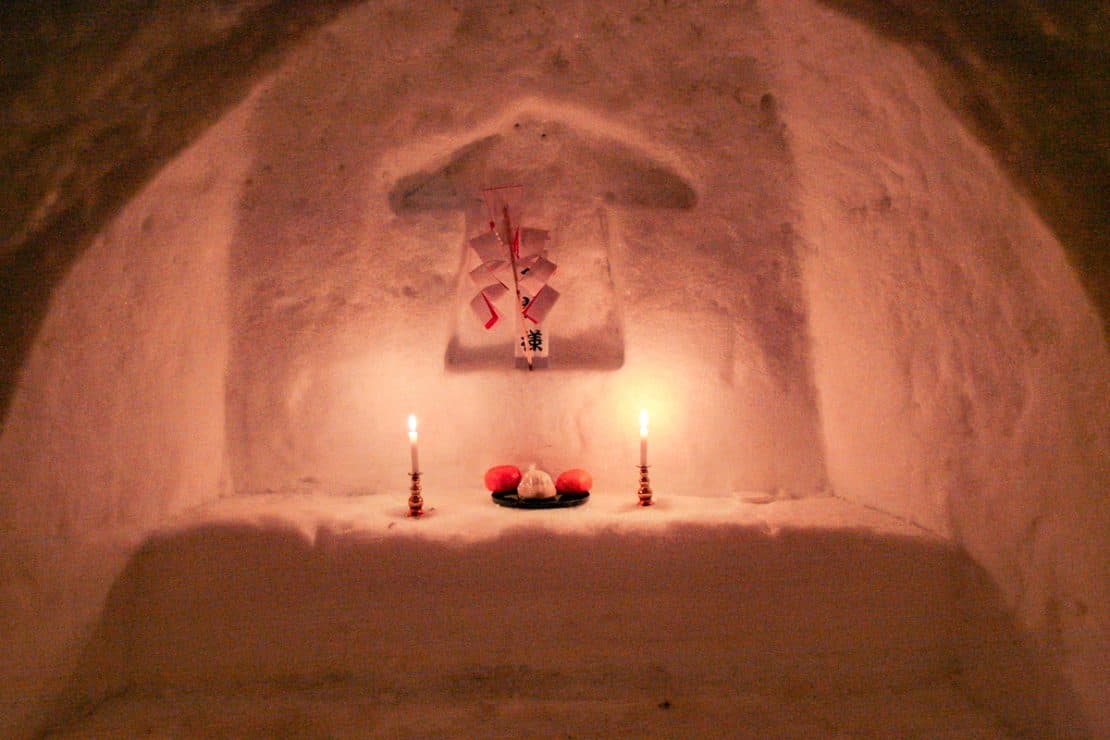
Ancient Temples
Japan has temples galore. Shinto shrines, Buddhist temples, Christian churches, the lot. The Meiji shrine is the most visited in Tokyo, while Kyoto has more temples than you can see in a single day. Even a busy day.
From the grandeur of Kyoto’s Kiyomizu-dera with its iconic wooden stage overlooking the city to the tranquil serenity of Ryoan-ji’s Zen rock garden, Japanese temples showcase a remarkable blend of architectural mastery and natural beauty. These sacred sites often feature elaborate pagodas, intricate wooden carvings, meticulously tended gardens, and sacred relics.
If you’re lucky, you can partake in rituals, ceremonies, and seasonal festivals that offer glimpses into Japan’s spiritual traditions and cultural customs, particularly from the Edo period. I’ll never forget the Hachinohe Emburi nor the Igloo Festival, for example.
Temples also serve as repositories of art, literature, and historical artifacts, preserving centuries of cultural heritage for future generations.
Japanese Gardens
Japanese gardens are renowned for their meticulous design, blending natural elements with symbolism to create serene landscapes.
Originating in the Asuka period (538-710 AD), these gardens evolved through various historical periods, influenced by Zen Buddhism and Shintoism.
Symbolism is deeply ingrained in every aspect of these gardens, with elements like stones representing mountains and water symbolising oceans or rivers. The use of borrowed scenery, known as “shakkei,” integrates surrounding natural landscapes into the garden’s design.
Traditional Japanese gardens adhere to specific principles, including “miyabi” (elegance), “shizen” (naturalness), and “yugen” (subtly profound beauty).
And I certainly love to visit them to feel a sense of calm.
Sumo Wrestling
Far from a stereotype, sumo wrestling is a genuine sport.
Wrestlers, or “rikishi,” train rigorously in sumo stables, adhering to a strict lifestyle focused on discipline, diet, and physical conditioning. Matches, held in a sacred ring known as a “dohyo,” are ceremonial affairs marked by intricate pre-bout rituals, including salt throwing and stomping to purify the arena.
The idea is to force your opponent out of the ring or to touch the ground with any part of their body other than the soles of their feet.
It’s possible, but not incredibly easy, to watch sumo matches as a foreigner.
Vending Machines
When you ask yourself what is Japan famous for, the first answer may not be vending machines. But as soon as you visit the country, you’ll think differently.
Vending machines are everywhere, selling almost everything. Entire meals can be bought by pressing a button next to a picture – and the food is good too.
Many restaurants also have plastic replicas of food in their shop windows to help you with your choice.
Sounds unlikely? Go and see for yourself.
Capsule Hotels
Originating in Osaka in the late 1970s, capsule hotels cater primarily to budget-conscious travellers seeking a no-frills stay in densely populated urban centres.
Each capsule, resembling a compact pod or sleeping compartment, provides a functional space equipped with basic amenities such as a bed, lighting, and sometimes a small entertainment system.
While the individual capsules are compact, the communal areas often feature shared facilities including bathrooms, showers, and relaxation areas.
Although designed with male workaholics in mind, capsule hotels work well for solo travellers with busy itineraries. You’ll find them all across the main islands.
Love Hotels
Then, a completely different experience is the Japanese love hotels. In a country where living spaces are tiny and bamboo screens see-through and un-soundproofed, what are young lovers to do?
Originating in the 1960s, these establishments provide themed rooms with a range of amenities catering to romantic encounters, from whirlpool baths and mirrored ceilings to extravagant decor and mood lighting.
Privacy is paramount, with discreet entrances and exits ensuring anonymity for guests.
Did we try them? Yes, we did. Did I cringe as someone realised we were lost and tried to help? I think I still blush at the memory ten years on…
Anime and Video Games
Akihabara, often referred to as “Electric Town,” is a chaotic, neon-filled district in Tokyo that pulses with anime and video games.
Anime and manga shops line the streets, offering an extensive array of merchandise, from figurines and posters to DVDs and cosplay accessories.
Video game arcades abound, featuring the latest releases alongside classic arcade cabinets, drawing gamers of all ages and skill levels.
Akihabara is also home to numerous specialty cafes, where patrons can immerse themselves in themed experiences ranging from maid cafes to cat cafes, another thing Japan is famous for.
It’s a bright, brilliant expression of Japanese pop culture.
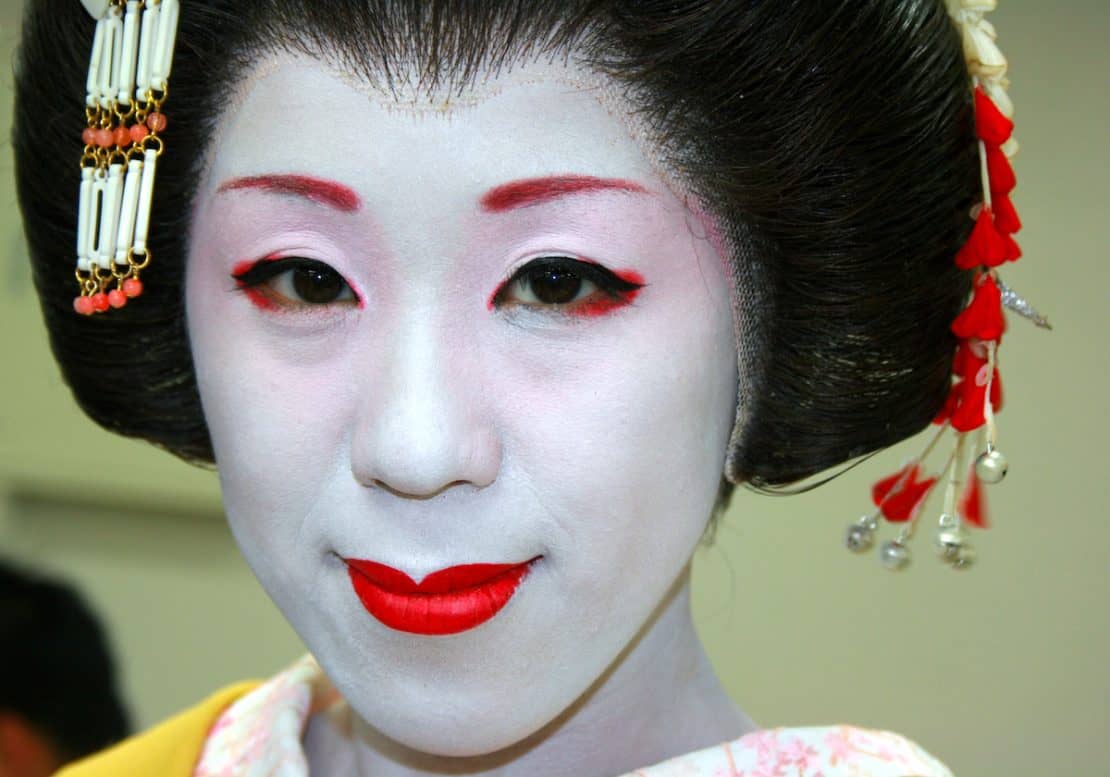
Should you see the highlights of Japan independently or on a guided tour?
It’s a question everyone asks. Should you join a tour or can you travel alone?
Despite the language barrier, I’ve always found travel around Japan to be pretty straightforward on my own. Enough people speak English to make things like buying train tickets and checking into hotel rooms easy enough.
Public transport is remarkably safe, train journeys are smooth and sophisticated and it’s easy to arrange private transfers for any difficult parts. Where I struggled the most was with the local trains in Tokyo, but even then, I didn’t struggle for long.
And, although it’s a sweeping statement to make, in general, Japanese people are friendly and helpful. Crime rates are low and etiquette is high.
That said, it will be easier if you join a tour. Just watch out for additional costs, free time and single supplements. And make sure that your tour leader knows the area well. An expert guide can introduce you to people and show you to places you might otherwise miss.
Then again, you often miss local restaurants with big tours, since you have to find places big enough to accommodate you all.
If you really can’t decide, then a useful compromise is to mainly travel under your own steam while booking onto various cooking lessons or walking tours.
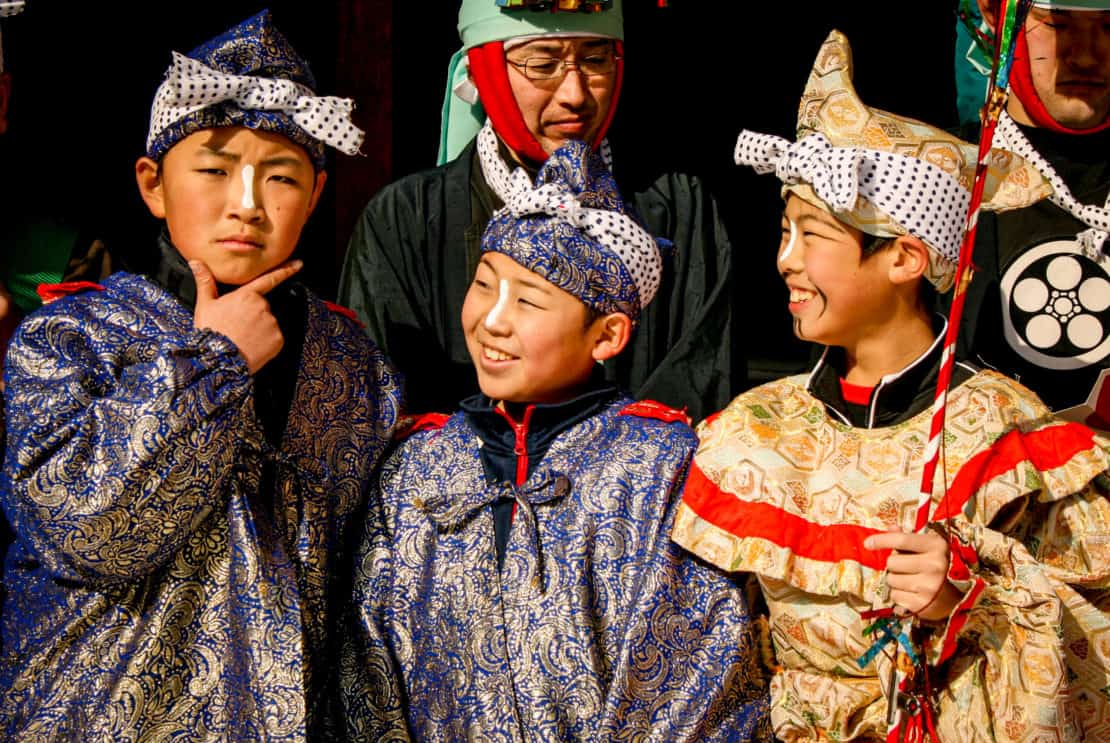
More on Travel in Japan
Planning a trip to Japan? Great news! After reading about these highlights of Japan, you’re nearly ready to go.
There’s so much more to the country than Tokyo. One of the best things to do in Japan involves heading south to the beaches of Okinawa or north to the snow festivals and igloo carnivals in winter.
And if you’re seriously thinking about climbing Mt Fuji, then this is the article for you.
And finally, see how reinvention can occur following tragedy in the lively cities of Hiroshima and Nagasaki.
In short, once you’ve seen the highlights of Japan (and followed our list of first time travel tips for Japan to do so), it’s time to learn how to get off the beaten track in Japan.
